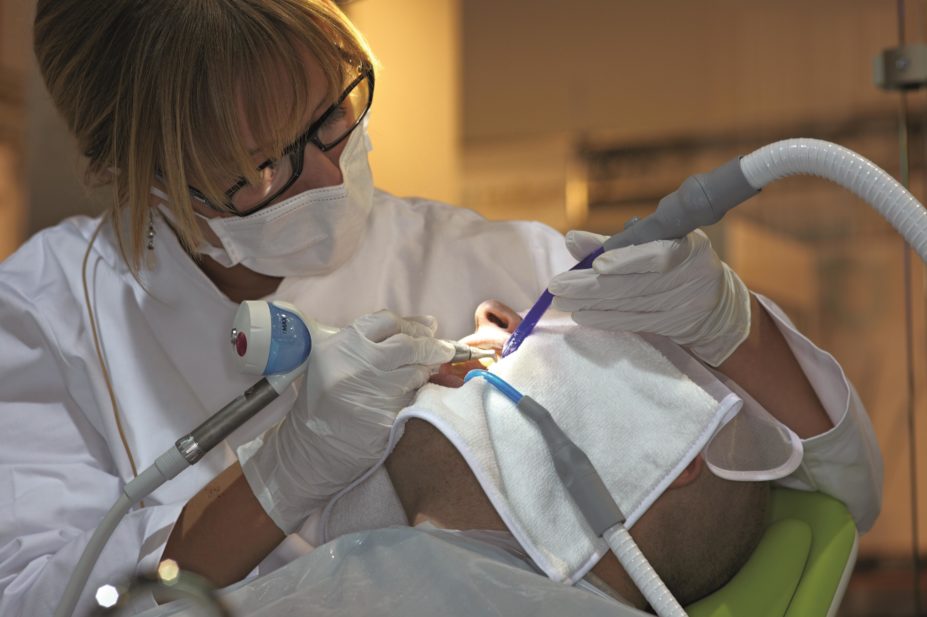
Robert Kneschke / Shutterstock.com
Historically, antibiotic prophylaxis was given before invasive dental procedures in patients at risk of developing infective endocarditis. In 2008, UK guidance changed and no longer recommended prophylaxis.
Research reported in The Lancet (online, 18 November 2014)[1]
compares data from two eras: 2004–2008 (prophylaxis) and 2008–2013 (no prophylaxis). It finds that a significant reduction in antibiotic prophylaxis (from 10,900 to 2,236 mean monthly prescriptions) was paralleled by a significant increase in cases of infective endocarditis (0.11 cases per 10 million people/month above the projected historical trend).
“By March 2013, 35 more cases per month were reported than would have been expected had the previous trend continued,” write Martin Thornhill, of the University of Sheffield School of Clinical Dentistry, and co-authors. However, they stress that the data “do not establish a causal connection”.


